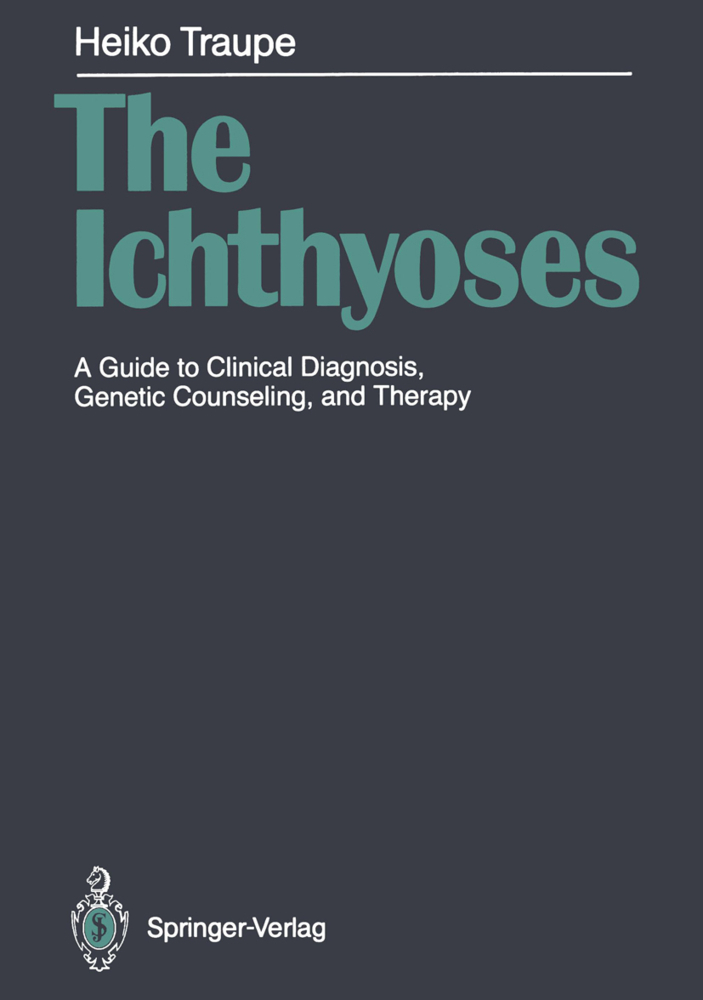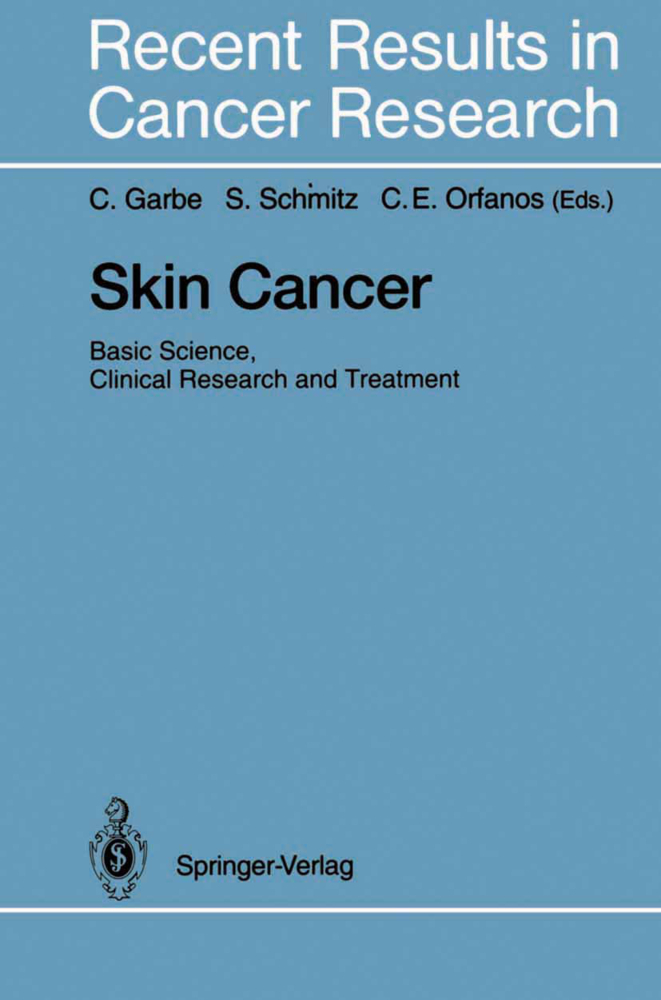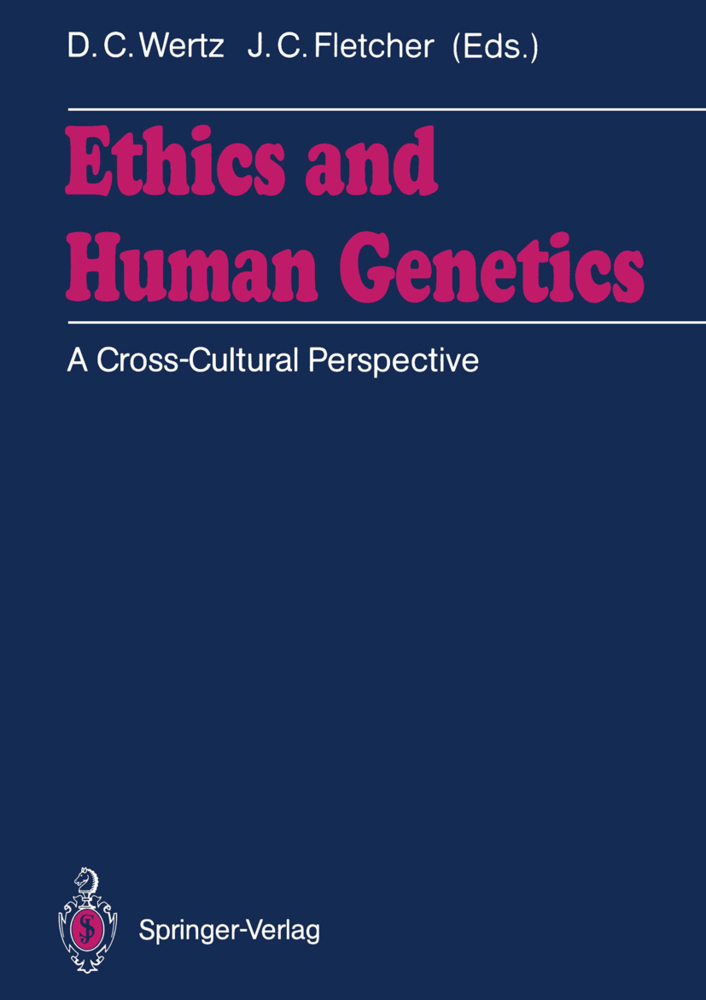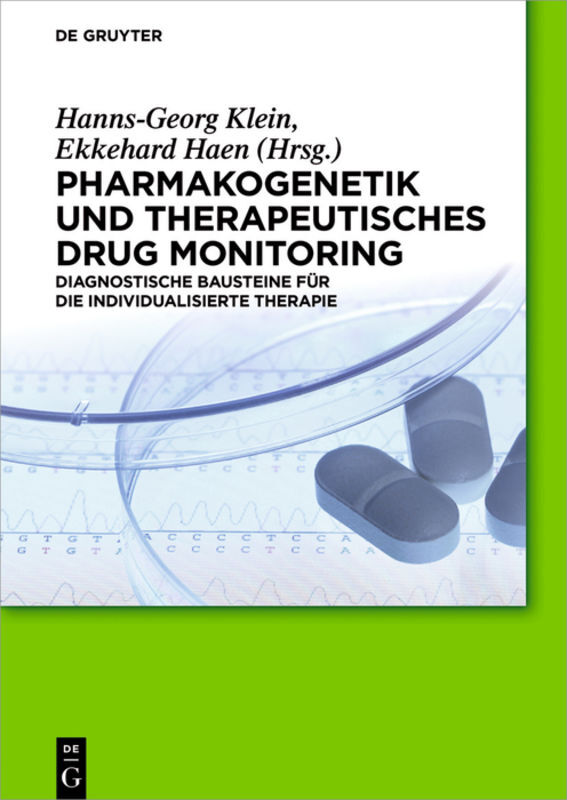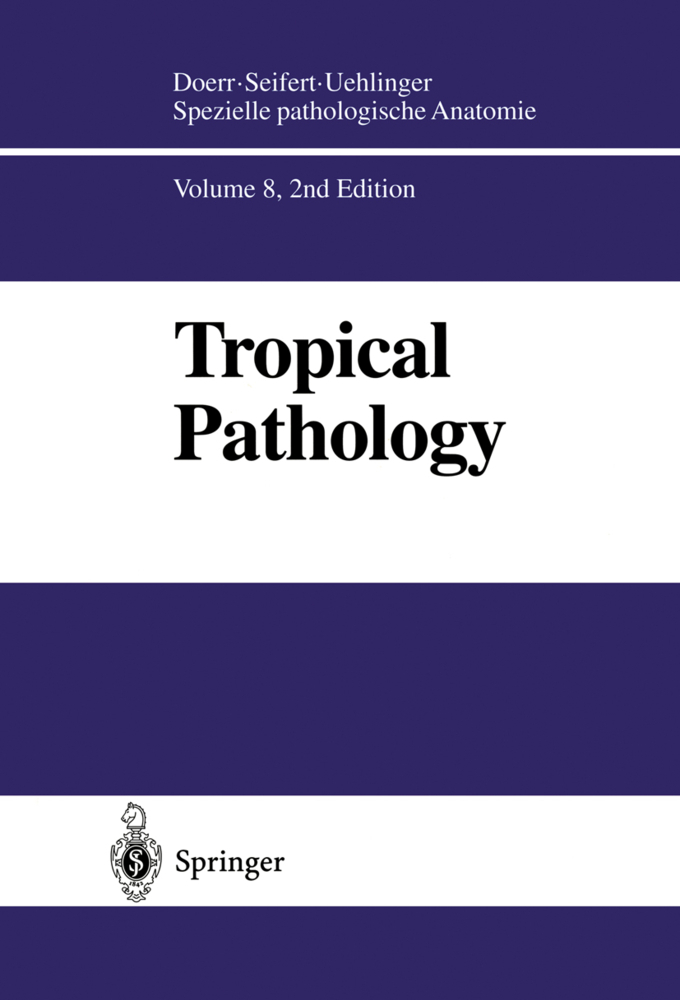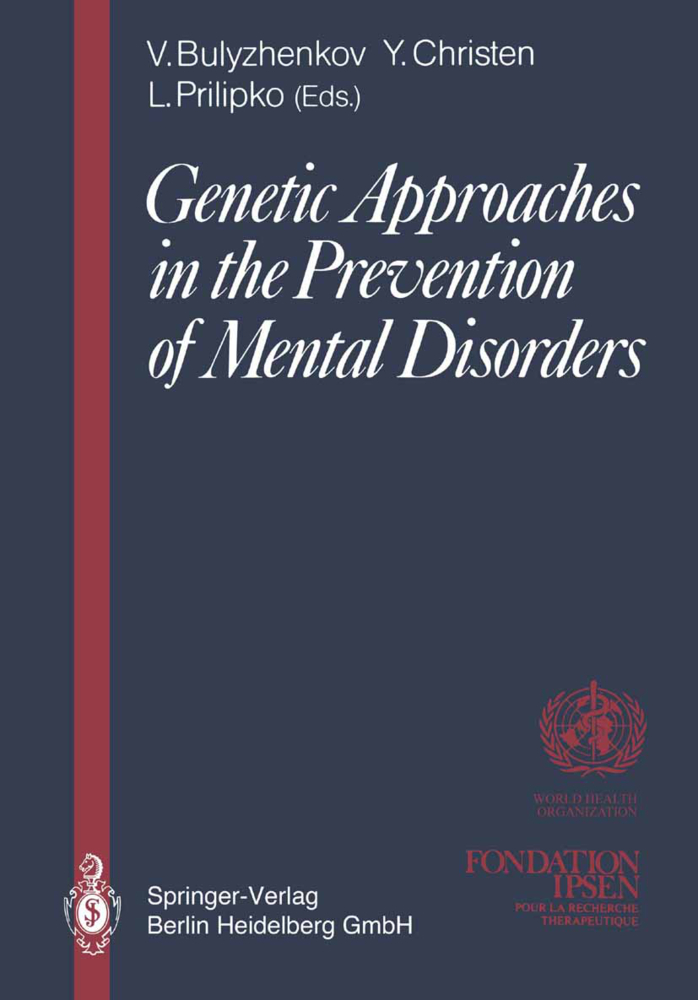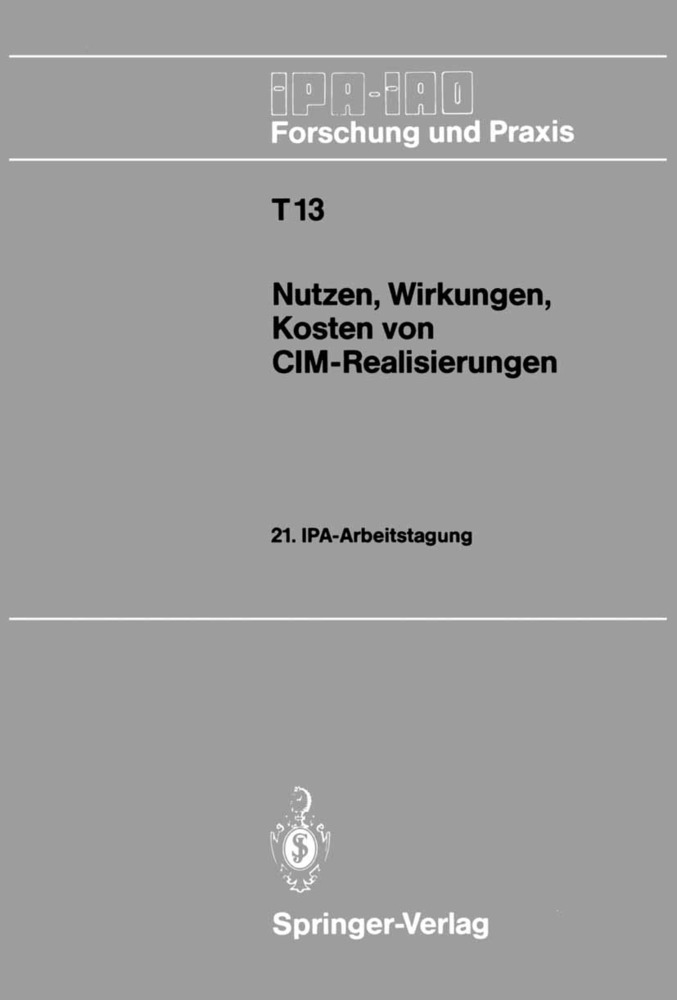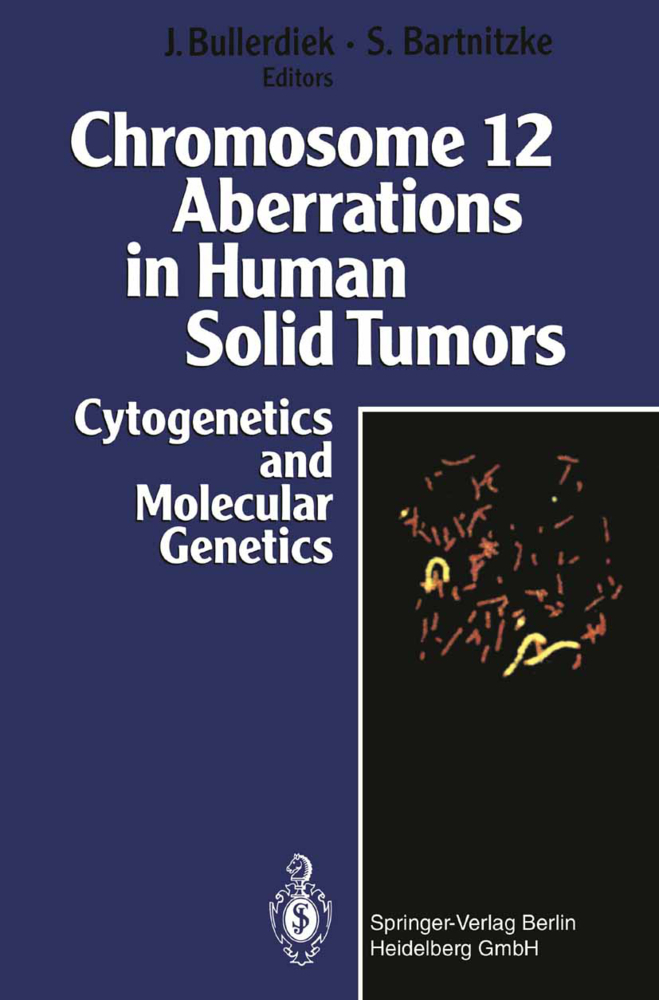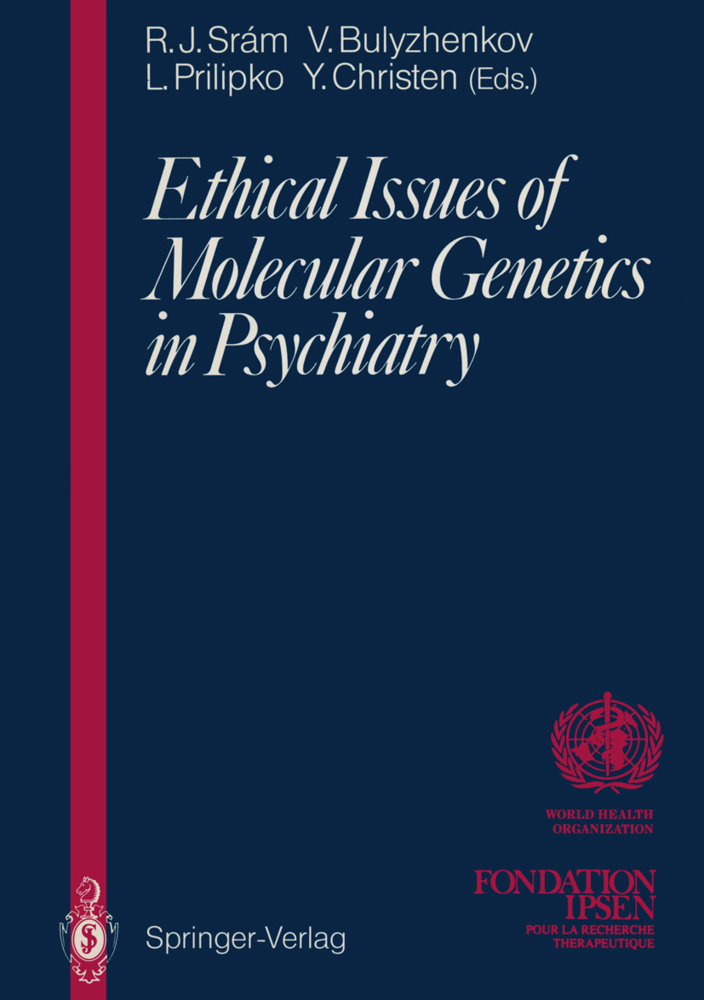The Ichthyoses
A Guide to Clinical Diagnosis, Genetic Counseling, and Therapy
The Ichthyoses
A Guide to Clinical Diagnosis, Genetic Counseling, and Therapy
It is a great pleasure for me to see this work in print. As outlined by Dr. Traupe, at least 20 different types of ichthyosis have been identified to date. This book will effectively help to establish a correct diagnosis, as a basis for genetic counseling. Dr. Traupe proposes a new classification of the ichthyoses, based on reason able clinical criteria. He lets the reader share in his enormous knowledge and safely guides him through the difficult field of nomenclature. He describes the particular nature of these scaling disorders in a manner as simple as possible. During the last few years, research on ichthyosis has become a fascinating scientific challenge due to the introduction of novel investigative approaches. The main advantage of this book lies in the fact that the author successfully combines recent achievements made in lipid analysis, enzymology, electron microscopy, and molecular genetics. Heiko Traupe began his career in dermatology 11 years ago, as a resident in the Department of Dermatology in Munster. As we were both interested in the genetic aspects of skin diseases, this was the starting point of a most fruitful collaboration, which is still continuing. During our common work in Munster, Dr. Traupe was able, thanks to his unceasing clinical curiosity, to describe many novel aspects within the field of ichthyosis, and I took pride in coauthoring papers on new items such as cryptorchidism as a fea ture associated with X-linked recessive ichthyosis, autosomal dominant lamellar ichthyosis, and alopecia ichthyotica.
1.2 History of the Ichthyoses
1.3 New Classifieation and Tables for Differential Diagnosis of the Ichthyoses
1.4 Epidermal Lipids and the Bioehemistry of Keratinization
2 Isolated Vulgar Ichthyoses
2.1 Autosomal Dominant Iehthyosis Vulgaris
2.2 X-Linked Reeessive Iehthyosis
3 Associated Ichthyoses of the Vulgaris Type
3.1 Refsum's Syndrome (Heredopathia Ataetiea Polyneuritiformis)
3.2 Assoeiated Steroid-Sulfatase Deficieney
3.3 Iehthyosis and Hypogonadism: Reflections on the so-ealled Rud's Syndrome
3.4 Multiple Sulfatase Deficieney
4 Isolated Congenital Ichthyoses
4.1 Harlequin Fetus
4.2 The Lamellar Ichthyoses
4.3 Alopecia Ichthyotica: A Characteristic Feature of many Types of Congenital Ichthyosis
4.4 The Epidermolytic (Aeanthokeratolytic) Ichthyoses
5 Associated Congenital Ichthyoses
5.1 The Sjögren-Larsson Syndrome
5.2 Ichthyosis and Triehothiodystrophy: the Tay and PIBI(D)S Syndromes
5.3 The Comèl-Netherton Syndrome
5.4 X-Linked Dominant Ichthyosis
6 Recently Recognized Ichthyoses
6.1 Dorfman's Syndrome: Neutral Lipid Storage Disease with Ichthyotic Erythroderma
6.2 Hystrix-like Ichthyosis with Deafness: the HID Syndrome
6.3 Not an Ichthyosis at All: the Keratitis, Ichthyosis-like Hyperkeratosis, and Deafness (KID) Syndrome
6.4 The Ichthyosis Follicularis, Atrichia, and Photophobia (IFAP) Syndrome
6.5 Peeling-Skin Syndrome: Clinical and Morphological Evidence for Two Types
6.6 Autosomal Dominant Congenital Ichthyosis and Keratoderma Hereditaria Mutilans of Vohwinkel
6.7 Congenital Migratory Ichthyosis with Neurologic and Ophthalmologic Abnormalities
6.8 Ichthyoses of Uncertain Status
7 Therapy
7.1 Topical Therapy
7.2 SystemicTherapy
8 Subject Index.
1 Introduction
1.1 Definition of the Term "Ichthyosis"1.2 History of the Ichthyoses
1.3 New Classifieation and Tables for Differential Diagnosis of the Ichthyoses
1.4 Epidermal Lipids and the Bioehemistry of Keratinization
2 Isolated Vulgar Ichthyoses
2.1 Autosomal Dominant Iehthyosis Vulgaris
2.2 X-Linked Reeessive Iehthyosis
3 Associated Ichthyoses of the Vulgaris Type
3.1 Refsum's Syndrome (Heredopathia Ataetiea Polyneuritiformis)
3.2 Assoeiated Steroid-Sulfatase Deficieney
3.3 Iehthyosis and Hypogonadism: Reflections on the so-ealled Rud's Syndrome
3.4 Multiple Sulfatase Deficieney
4 Isolated Congenital Ichthyoses
4.1 Harlequin Fetus
4.2 The Lamellar Ichthyoses
4.3 Alopecia Ichthyotica: A Characteristic Feature of many Types of Congenital Ichthyosis
4.4 The Epidermolytic (Aeanthokeratolytic) Ichthyoses
5 Associated Congenital Ichthyoses
5.1 The Sjögren-Larsson Syndrome
5.2 Ichthyosis and Triehothiodystrophy: the Tay and PIBI(D)S Syndromes
5.3 The Comèl-Netherton Syndrome
5.4 X-Linked Dominant Ichthyosis
6 Recently Recognized Ichthyoses
6.1 Dorfman's Syndrome: Neutral Lipid Storage Disease with Ichthyotic Erythroderma
6.2 Hystrix-like Ichthyosis with Deafness: the HID Syndrome
6.3 Not an Ichthyosis at All: the Keratitis, Ichthyosis-like Hyperkeratosis, and Deafness (KID) Syndrome
6.4 The Ichthyosis Follicularis, Atrichia, and Photophobia (IFAP) Syndrome
6.5 Peeling-Skin Syndrome: Clinical and Morphological Evidence for Two Types
6.6 Autosomal Dominant Congenital Ichthyosis and Keratoderma Hereditaria Mutilans of Vohwinkel
6.7 Congenital Migratory Ichthyosis with Neurologic and Ophthalmologic Abnormalities
6.8 Ichthyoses of Uncertain Status
7 Therapy
7.1 Topical Therapy
7.2 SystemicTherapy
8 Subject Index.
Traupe, Heiko
Melnik, B.
Happle, R.
| ISBN | 978-3-642-73652-0 |
|---|---|
| Artikelnummer | 9783642736520 |
| Medientyp | Buch |
| Auflage | Softcover reprint of the original 1st ed. 1989 |
| Copyrightjahr | 2012 |
| Verlag | Springer, Berlin |
| Umfang | XV, 253 Seiten |
| Abbildungen | XV, 253 p. 147 illus. |
| Sprache | Englisch |

